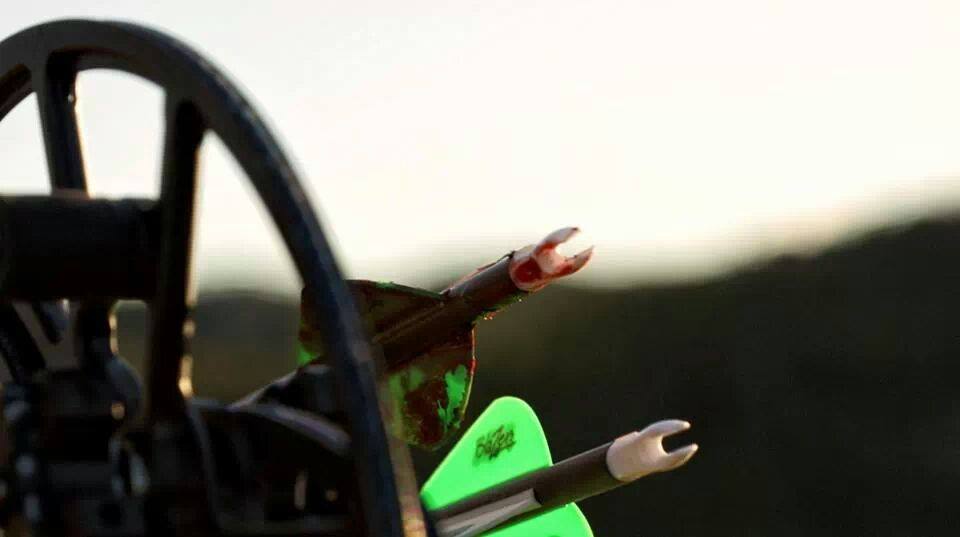A big deer steps from cover, you draw, aim, and release causing the animal to duck into cover and disappear. Now What? Personally, I’m more nervous at this time than during the shot and have learned over many years that the next steps taken can make retrieving that deer relatively easy or very difficult. Early season means that the deer woods is lush with vegetation and undergrowth that can easily hide a downed deer and make trailing difficult. Nick Pinizzotto, aka “The Deer Guy” does an excellent job of detailing the best practices when trailing early season deer in this post from his website:
I watched my arrow enter the back third of the doe’s rib cage and emerge on the opposite side, ultimately sticking in the ground behind her. After a telltale leg kick and a few jumps, she disappeared into the lush understory, where I had no way of seeing or hearing her next move. I would say about 80% of the time, I see deer that I shoot fall within sight. The other 20%, I always opt for an overly conservative approach when it comes to retrieval, figuring if the deer is dead within seconds, it’s still going to be dead in a couple of hours when I find it. This situation was clearly a twenty-percenter, and a slow and methodical approach was in order. After waiting 15 minutes, I climbed down from my stand and quietly covered the 26 yards to the glowing Nocturnal lighted nock, which shined like a beacon in the early morning light. A confident grin came to my face as it was covered from tip to fletchings with bright red blood, confirming my suspicion that the shot was good.









![The Best Deer Camp Chili [VIDEO] Deer Chili Ingredients, Tomatoes, Chili Spices](/wp-content/uploads/2015/10/Deer-Chili-Deer-Camp-Recipe-218x150.jpg)








![How to Call Elk Early in the Season [VIDEO]](/wp-content/uploads/2016/08/byers003-218x150.jpg)





![Idiots Disturb Hunter: How Would You Have Handled It? [VIDEO]](/wp-content/uploads/2015/10/DSC00110-e1474487693878-100x70.jpg)
![Albino Buck Shocked to Shed His Antlers [VIDEO]](/wp-content/uploads/2015/10/AlbinoDeer-100x70.jpg)